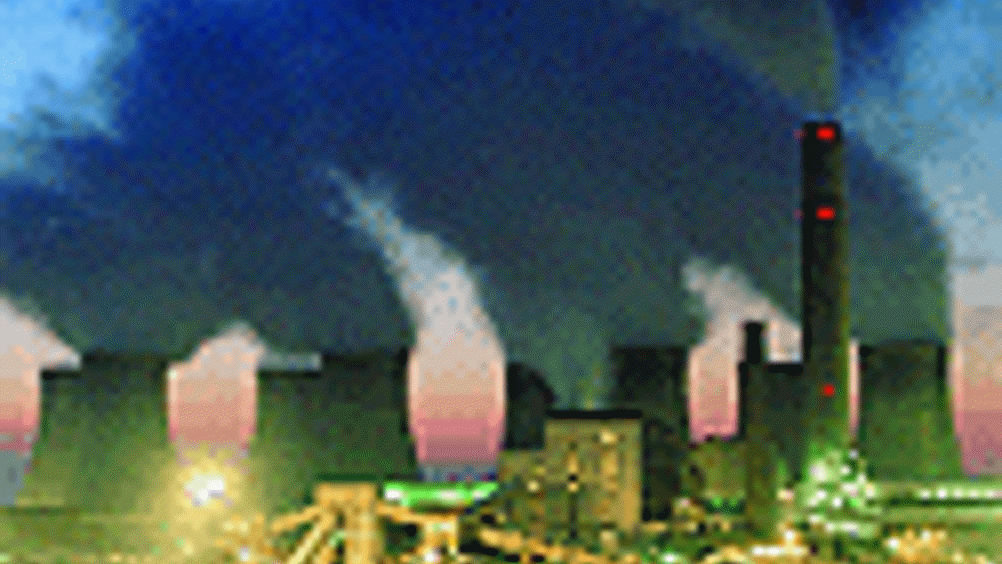Green marks for black stuff

A method of generating energy from coal without actually burning it could form the basis of power stations whose carbon emissions can be easily captured and stored.
Combining two types of chemical process — one well-established, the other new — the technique, currently being developed at
Once seen as yesterday’s fuel, coal is making a comeback. Vast untapped reserves — and a high growth in demand for power — in India and China mean that coal-fired stations are likely to be the fastest-growing power generation sector in the coming decades.
But coal can still be a threat to the environment. Its energy content is far lower than natural gas, meaning that for every unit of heat produced, it gives off a larger amount of carbon dioxide.
But because of the potential size of the market, ‘clean coal’ technologies, are attracting much attention. At
Register now to continue reading
Thanks for visiting The Engineer. You’ve now reached your monthly limit of news stories. Register for free to unlock unlimited access to all of our news coverage, as well as premium content including opinion, in-depth features and special reports.
Benefits of registering
-
In-depth insights and coverage of key emerging trends
-
Unrestricted access to special reports throughout the year
-
Daily technology news delivered straight to your inbox










Water Sector Talent Exodus Could Cripple The Sector
Maybe if things are essential for the running of a country and we want to pay a fair price we should be running these utilities on a not for profit...